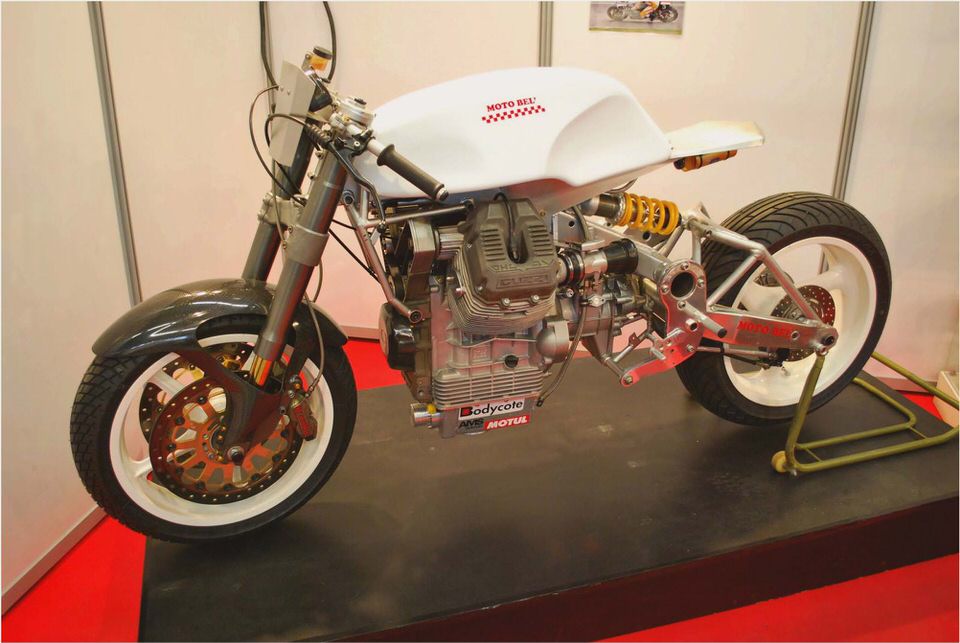
MC Dispatch
1983 Suzuki Tempter GR650-X
1/12/2011 10:34:00 AM
by Dave Reiss
Tags:
Have something you’d like to share with your fellow Motorcycle Classics readers? Maybe it’s a touring story, bike review or helpful tip you’ve gleaned from experience. Whatever it is, we want you to write about it and send it in.
Just email Associate Editor Landon Hall with the subject line MC Dispatch and you might see your story here.
The 1983 Suzuki Tempter GR650-X Model in red with aftermarket
windscreen and backrest/rack.
Imagine the weight and handling of a classic British twin. Then update the suspension with a rear hydraulic swing arm style mono-shock and adjustable front air forks. Make the bike look good with chromed exhaust and fenders, contrasted by black cylinders and frame, pay homage to the classic Triumph twins with a teardrop tank and clean lines, and oh yeah, keep it affordable – very affordable.
That’s what you have with the 1983 Suzuki Tempter GR650-X, and with all it had to offer it failed to catch on in the U.S. I have yet to see another besides the one parked in my garage. The country was gripped in a recession at the time, and U.S. buyers who did buy new bikes flocked to four cylinder bikes with their wallets, including Suzuki’s own GS models, and in doing so they missed the GR650.
Too bad – it’s a very sweet bike, as many Europeans can testify as they snapped them up. I bought my used Tempter in 2004, so this review may be a bit biased – I think it’s a terrific bike and it’s a shame the marketplace missed a real gem.
The Suzuki Tempter GR650-X was produced in two models, the budget “X” model pictured has traditional spoked wheels, a single color paint scheme and non-adjustable front forks, all out the door for $2,149. The upgraded “D” version got a two tone color paint scheme, magi style wheels and upgraded adjustable front air forks for $2,399. Cycle World’s test boasted, “For a little over 2 grand you can own a real, honest-to-gosh, full-size, brand-new undented motorcycle.” Today a low mileage model will run about $1,500 – and most well under that reasonable sum – if you can find them.
The upswept dual chrome exhaust help creates the look
of a classic British twin.
But besides the clean retro “roadster” styling, the GR sported some interesting innovations under the hood. The engine is a four-stroke twin, with dual overhead cams on each cylinder, and utilizes a twin dome combustion chamber first introduced in the 1981 Suzuki GS650 models, which improves combustion efficiency, and added an air swirl feature to the fuel mixture. Suzuki also made a bold engineering design with a trick two-stage flywheel, that when under 3,000 RPM creates added torque – allowing the rider to lug forward in almost any gear without stalling the motor.
The GR650 has a crisp shifting 5-speed transmission,
and included two helmet locks as well as storage under the seat.
Power is delivered to the rear tire by a traditional chain. No kickstart option was offered – but the electric start and handlebar choke adjustment work well. The twin megaphone style exhaust has a sweet subdued sound, and pleasing swept-back lines.
The GR650 proves to be both reliable and easy to work on.
Here you can see the backrest/rack with a small Chase Harper
roll bag for added storage.
The bike dry weighs in just shy of 400 pounds, making it very agile for a cycle with the power of a 650cc engine. Its 3.4 gallon tank provides a decent distance between fill ups, as the mileage leans toward the mid 50mpg mark when not driven hard. The seat is pretty comfortable and relatively low at just under 30 inches, with plenty of space for a single rider, and decent for two.
Under the one-piece seat is a small tool tray and access to the battery, as well as a helmet lock on each side of the frame.
The tool tray under seat provides limited but adequate storage.
The “full floater” swing arm suspension includes the ability to adjust the preload from 1 (low) to 5 (high) with the round knob located under carbs – useful when riding two-up. The single front disc and rear drum brake provide adequate braking since the bike is so light for its class. The entire package makes for a nice ride on a twisty road, banks and turns with ease, and has plenty of power.
The low-end torque makes the bike forgiving in any gear.
Preload adjustment knob located under the carburetor.
Some performance comments rose about the gearing, which is as a bit low and make the bikes rev high, annoying mostly when cruising at higher speeds. Changing out the rear sprocket from the stock 38 to a 36-tooth model is a popular modification, along with swapping the front 15 to a 16-tooth sprocket.
The electrical system is another potential weak spot, with the stock regulator/rectifier unit somewhat underpowered, so another popular modification is to replace the unit with a larger more powerful one. My bike came with the rear sprocket modification already, and in the course of owning it I’ve upgraded the R/R unit, as well as rebuilt the starter motor and added some aftermarket accessories.
When first introduced the bikes were well received by the motorcycle press. Cycle World wrote in their favorable review, “You’ll notice we’ve been carefully referring to this as the GR650, a perfectly good name for this great bike…Tempter is a silly name. This is not a silly motorcycle.”

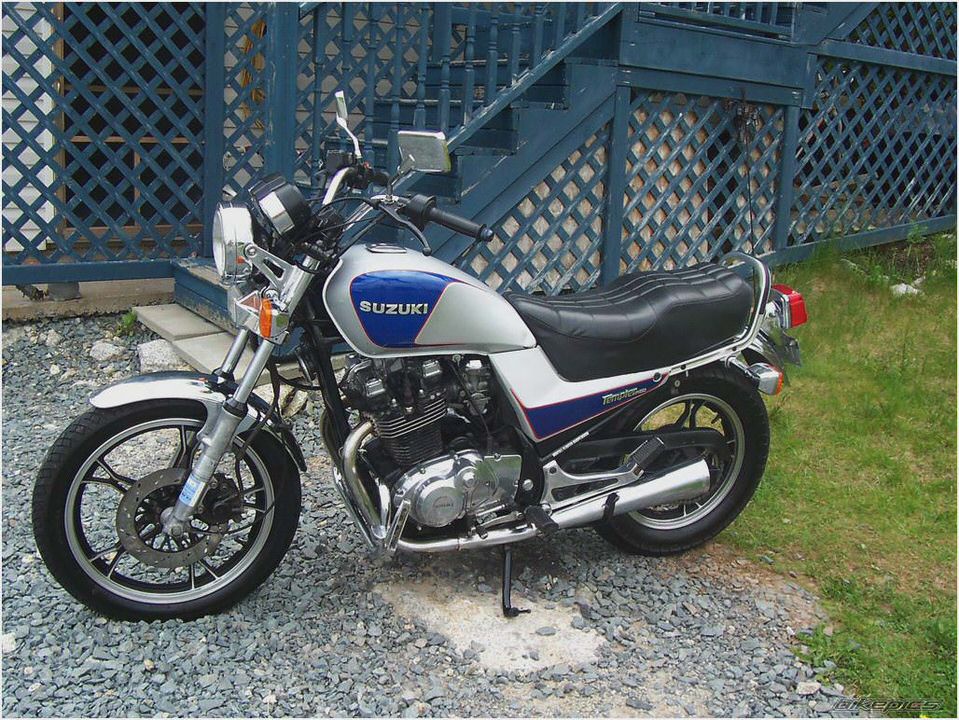
Only the US received the ill-fated “Tempter” badge for the GR650.
The magazine would go on to do a long-term report one year and 14,000 miles later, calling the bike “a good and faithful servant.”
I found this original GR on eBay – being sold by a very nice guy who had bought it used and kept it in storage – never even tagging it. It had only 7,500 miles, and was in overall very good condition. It never received a single bid on eBay (the opening bid was too high at $1,200, plus for a Suzuki what. ), and after some research I offered the seller $1,000 for it, and another $100 to deliver it the 100 miles to my home.
When it arrived I found some parts missing, such as the chain guard and air filter, and gave the gummed up carbs a thorough cleaning. During the process the gas tank’s prior rust treatment dissolved into big chunks of plastic “Cream” crud, and was removed and flushed out before putting the bike back together.
The instrument package includes a gas gauge and
gear indicator – thoughtful items on a budget-minded bike.
The bike is a bit cold blooded, like many models from the day, and in the States the mixture screws on each carb are covered by brass caps – making adjusting anything but the idle impossible. I drilled those annoying caps off my carbs, and now can easily adjust the mixture – a must in my opinion for a 20-plus year old cycle. I’ve found that after a few minutes warming up, with the right mixture the bike runs well, delivering a smooth pleasant rumble from each cylinder through the megaphone style exhaust, with plenty of power and nice handling.
For me the bike is a good fit for my 5 foot 10 inch frame, and never ceases to give me a great ride, whether it’s for a short hop or long day trip. My wife and I will do day trips and she’s found the seat comfortable with the backrest as added security. In Europe where it’s a more common sight, riders commonly adapt their GRs for touring by adding hard cases and windscreens, for which it seems well suited.
There is a very active Netherlands-based forum with enthusiasts eager to share their love for this model of bike, and their in-depth technical knowledge.
This 1983 Suzuki Tempter GR650-X model only had 7500
miles when brought back to life by its current owner.
I’m by no means an expert, but the GR650 is a straightforward machine for the average shade tree mechanic, and except for the valves that require shims for adjustment, everything is very accessible. Parts such as gaskets, filters, replacement screws, etc. and such are still available, as the GR shared many basic parts from the GS line. I’ve found BikeBandit.com to be a good source for OEM parts, although most aftermarket accessories passed on the Tempter.
When I decided I wanted a backrest/rack I ended up buying a used one-piece unit from an early 80’s Yamaha, and with the help of a hacksaw, drill, stainless screws and bolts adapted it to fit the existing grab rails.
For this rider the Tempter proved more than just a temptation – it gave me the confidence to work on bigger bikes by myself, and fulfilled the desire to own a British-style twin, but with Japanese dependability, and some clever engineering to boot. When I park my bike at work a Suzuki GSX-R Sport Bike is always right next to mine – and I always look at the racing style rear swing arm and note my 23 year old bike sports the same technology…and is a bike that fits my 40-plus year old frame, not to mention my budget.
I’ve always owned used Japanese bikes from the seventies and eighties. I think they are great fun, terrific bargains, and forgiving to work on for someone teaching themselves the basics of motorcycle repair and maintenance. The Internet has proven to be a huge resource for owners, and I like the idea of recycling perfectly good machines rather than buying new. Everyone in my town, and most others from what I can tell, are eager to drop over $15K on a new Harley.
For that I could have bought 15 of these bikes, but I only need one. This allowed me the to succumb to the ultimate temptation – buy another used Japanese bike. I’ve come to realize that fixing them up is almost as fun as riding them, and out there are many low mileage bikes just waiting for a thoughtful new owner.
Now that I think of it, twenty- three years later, the name “Tempter” is somewhat fitting.
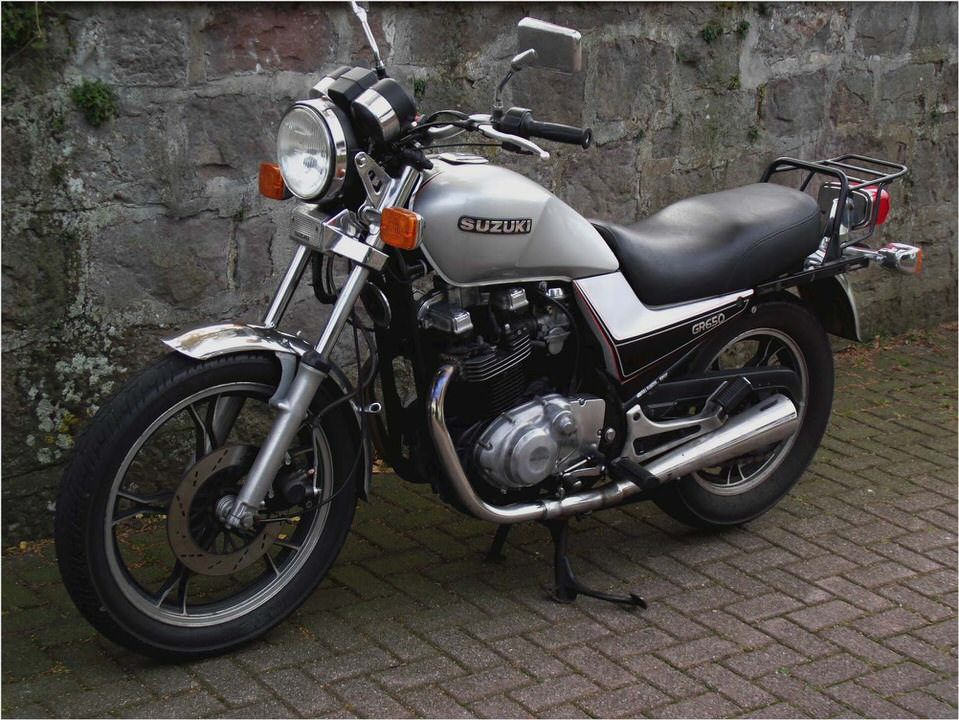
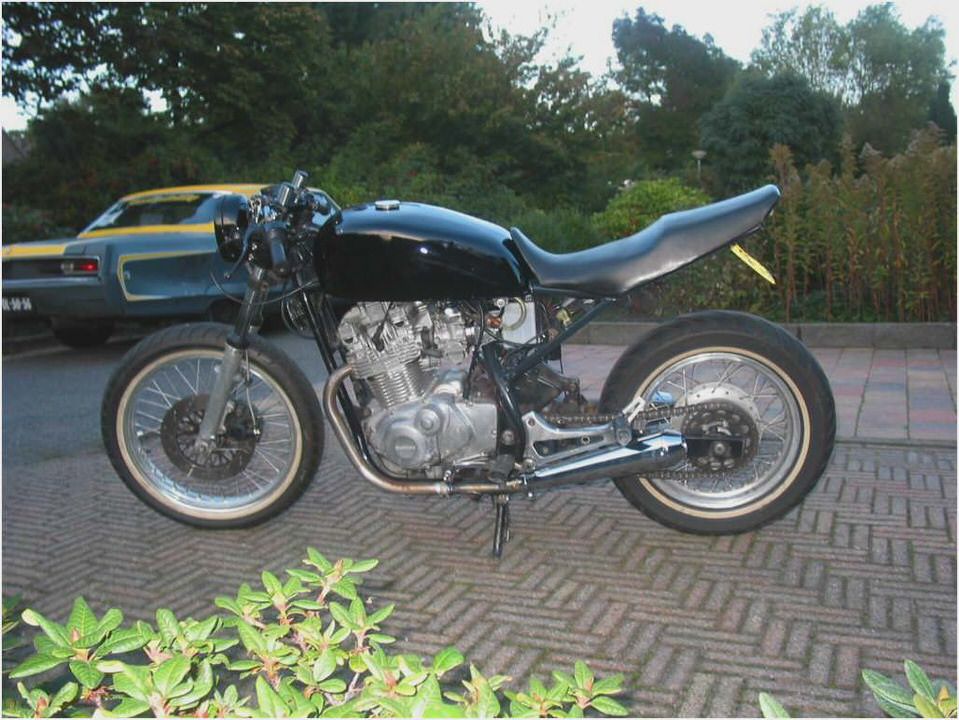
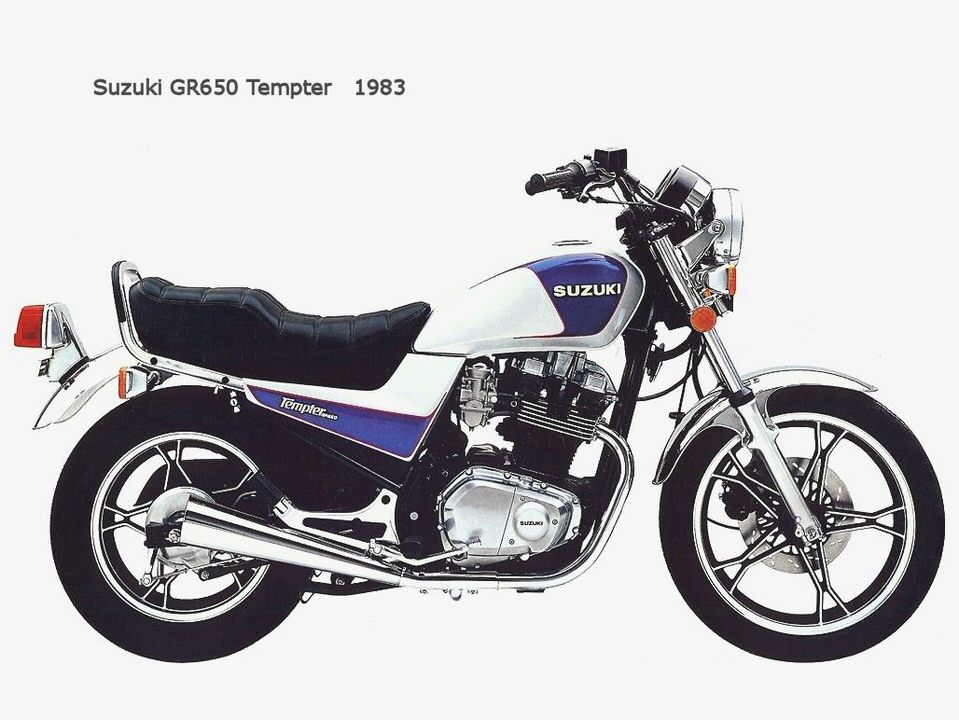
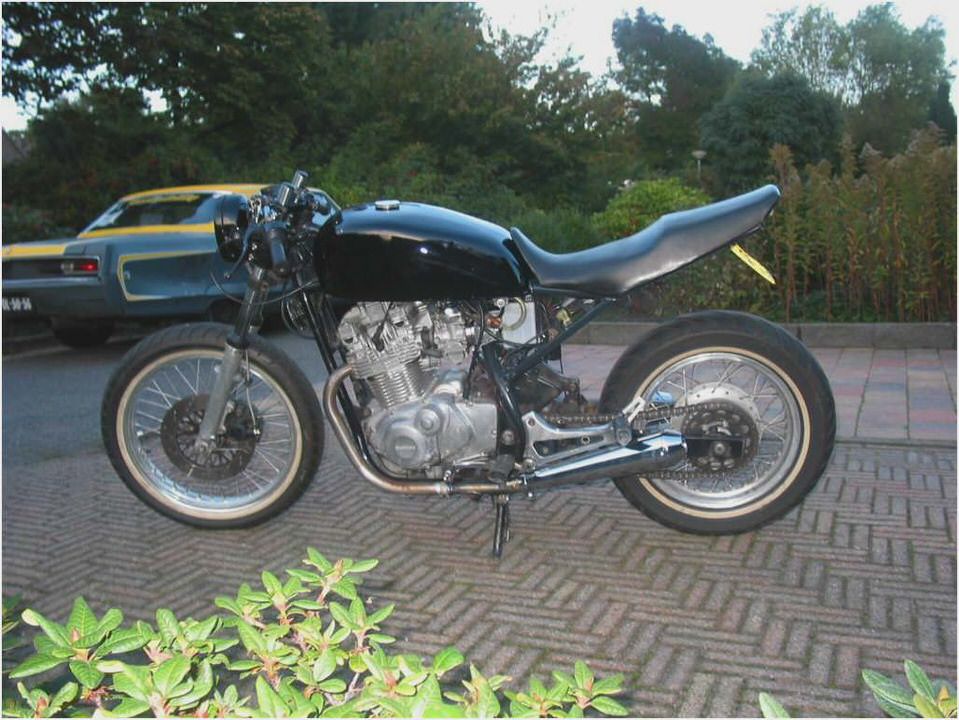
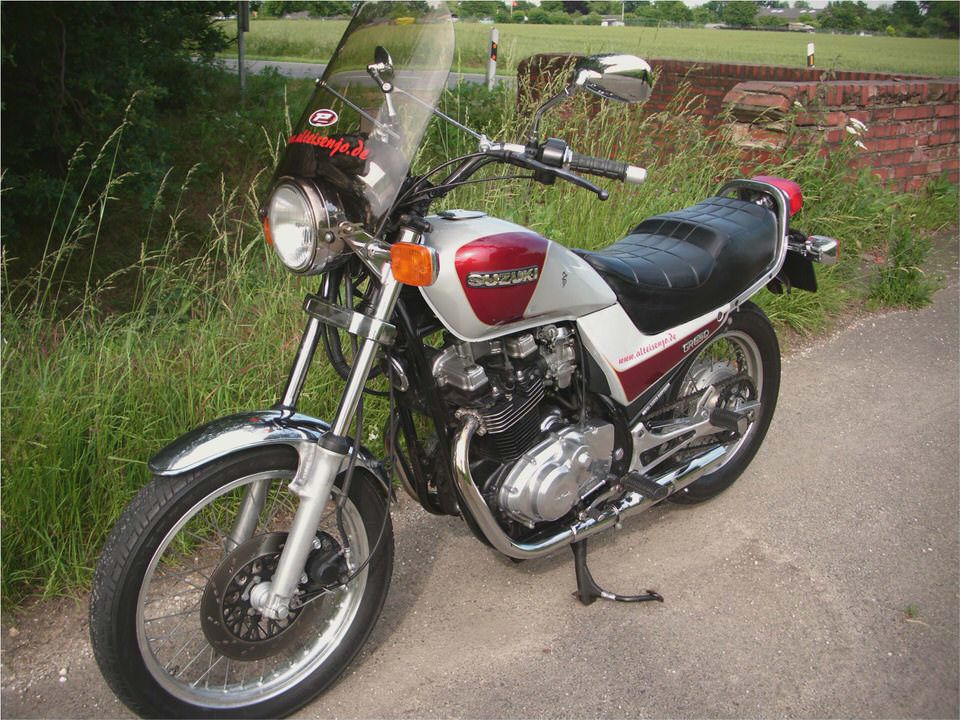
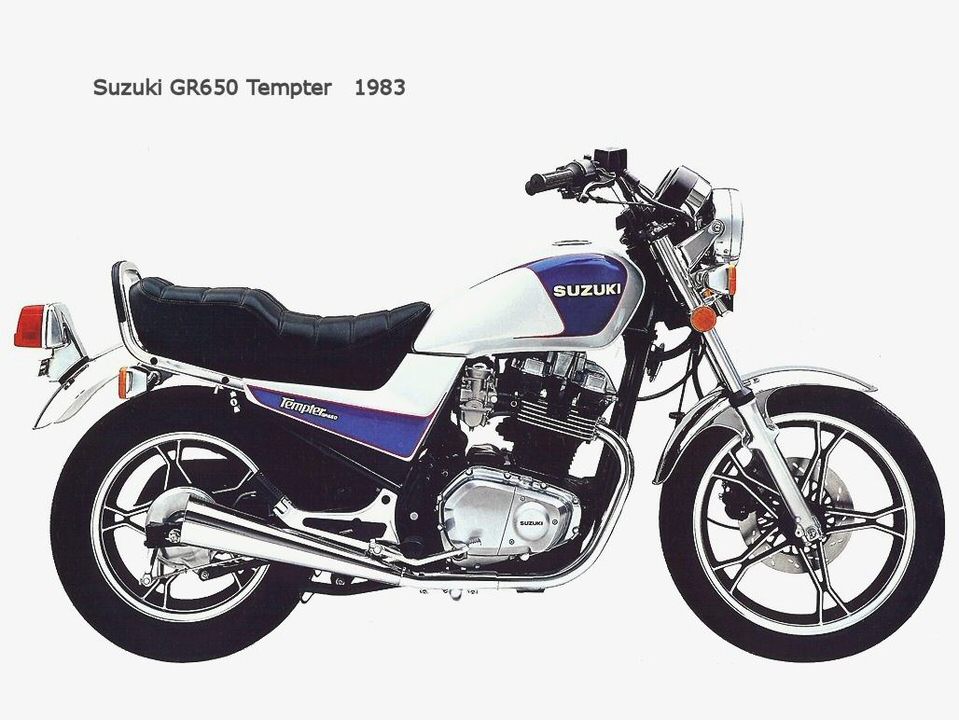
- 2002 Suzuki TL1000R Ghetto Blaster Super Streetbike
- Suzuki gets small and funky for Tokyo with Regina compact, Q-Concept…
- Suzuki DR-Z 250 Motorcycles Gumtree Australia Casey Area – Berwick…
- LE Tonglet sidelined for Gainesville; Reed to debut on Nitro Fish Suzuki…
- 2010 Suzuki Boulevard C50/C50SE/C50T motorcycle review @ Top Speed

